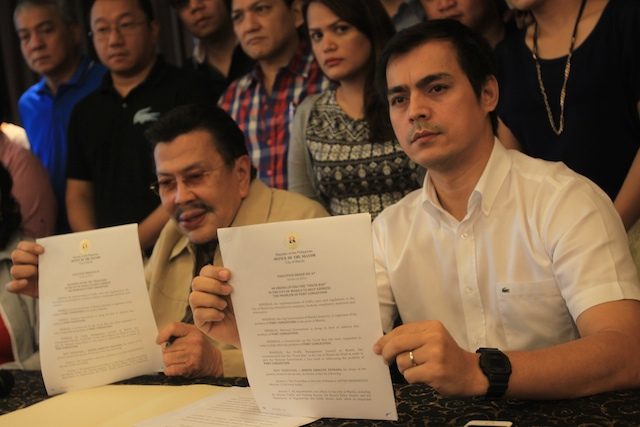SUMMARY
This is AI generated summarization, which may have errors. For context, always refer to the full article.

MANILA, Philippines – It’s slowly going back to normal.
Private port operators at the Manila harbor, the country’s busiest and largest seaports, are starting to feel the ease of moving shipments following the Manila City government’s decision to lift the truck ban last September 13.
The International Container Terminal Services Inc. (ICTSI) has seen a 22-percent increase in the average number of import containers moved by trucks, according to George Chua president of the Federation of Philippine Industries (FPI). ITCSI operates the Manila International Container Terminal (MICT).
Movement of exports and empty 20-foot equivalent units (TEUs) at the ICTSI also improved by 22%, Chua said.
On the other hand, Asian Terminals Inc. (ATI), the operator of the Manila South Harbor (MSH), also reported a 23-percent increase in daily import and export movement.
“The increase in movement brought about the lifting of the Manila City truck ban will result in stable prices of goods and will definitely save jobs,” Chua said in a statement.
The shipment of goods in and out of the country got caught in a gridlock when when Manila imposed a truck ban starting February this year.
In August, the Philippine Statistics Authority reported a decline in imports from $4.889 billion in June 2013 to $4.715 billion in June this year.
Economists pointed out that the ban caused an increase in the prices of some basic commodities as many companies struggled in transporting their imported raw materials to their factories.
But for many months Manila City officials stood their ground, saying the ban was needed to ease traffic in the capital and nearby cities.
While the ban lasted, a Cabinet cluster on port congestion sought measures to address port congestion.
Finally on September 13, Manila lifted the daytime truck ban – heeding calls from the national government, business and other sectors. – Rappler.com
Add a comment
How does this make you feel?
There are no comments yet. Add your comment to start the conversation.